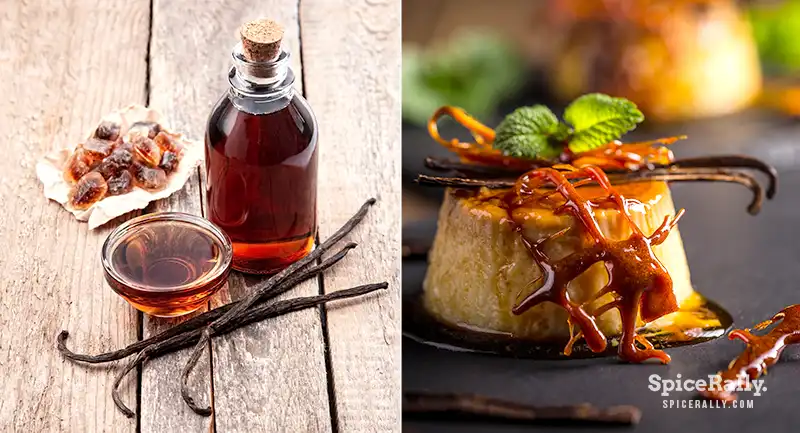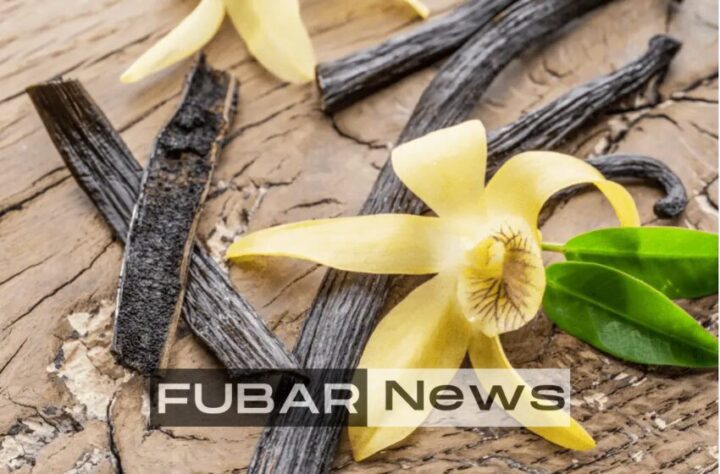Vanilla is a flavor that we all know and love. From desserts to fragrances, this versatile ingredient has been used in a variety of ways for centuries. But do you know where vanille comes from, how it’s produced, and its various uses? In this article, we’ll explore the fascinating history of vanilla, its cultivation and processing methods, and its many culinary and medicinal benefits.
Introduction: What is Vanilla?
Vanilla is a flavoring derived from the orchid genus Vanilla, which is native to Mexico. The vanilla bean, or pod, is the fruit of the vanilla orchid, and is used to extract the flavoring. The vanilla flavor is sweet, warm, and slightly floral, and is one of the most popular and recognizable flavors in the world.
The History of Vanilla
The history of vanilla dates back to the Aztecs, who used it to flavor chocolate drinks. The Spanish conquistadors later introduced vanilla to Europe, where it became a popular ingredient in sweet desserts. However, it wasn’t until the mid-19th century that vanilla became widely available and affordable, thanks to the invention of a process for hand-pollinating the vanilla orchid.
Vanilla Cultivation and Production

Vanilla Varieties
There are over 100 varieties of vanilla orchids, but only a few are used commercially for flavoring. The most commonly used varieties are Bourbon, Tahitian, and Mexican vanilla. Bourbon vanilla, which is grown in Madagascar, is the most popular and widely used variety.
Vanilla Growing Conditions
Vanilla orchids grow best in warm, humid climates, and require specific growing conditions to thrive. They need partial shade, consistent temperatures between 20°C and 30°C, and a high level of humidity. The vanilla plant also requires a specific type of pollinator, a small bee called the Melipona, which is found only in Mexico.
Vanilla Harvesting and Processing
Vanilla pods are harvested by hand when they are fully mature, which can take up to 9 months after flowering. The pods are then blanched, dried, and aged for several months to develop their full flavor. The flavor of vanilla is due to a chemical compound called vanillin, which is found in the pods. Pure vanilla extract is made by soaking the pods in alcohol, which extracts the vanillin.
Culinary Uses of Vanilla

Vanilla in Baking
Vanilla is a staple ingredient in baking and is used in a wide variety of desserts, including cakes, cookies, and pastries. It enhances the flavor of other ingredients and adds a sweet, warm note to baked goods. Vanilla extract is the most common form of vanilla used in baking.
Vanilla in Ice Cream
Vanilla is also a popular flavor in ice cream and is often used as a base for other flavors. Vanilla ice cream is made with a custard base of cream, sugar, and egg yolks, which is then flavored with vanilla extract. The smooth, creamy texture of vanilla ice cream pairs well with a variety of toppings and desserts.
Vanilla in Beverages
Vanilla is used to flavor a variety of beverages, including coffee,
Medicinal Benefits of Vanilla

In addition to its delicious flavor, vanilla also has several medicinal benefits. Here are a few of the most notable:
Digestive Health
Vanilla has been shown to have a soothing effect on the digestive system, helping to reduce inflammation and calm an upset stomach. It can also help to regulate digestion and prevent constipation.
Anxiety and Stress Relief
The warm, sweet scent of vanilla has been found to have a calming effect on the mind and body, helping to reduce stress and anxiety. Some studies have even suggested that vanilla may have anti-depressant properties.
Skin Health
Vanilla contains antioxidants, which can help to protect the skin from damage caused by free radicals. It also has anti-inflammatory properties, which can help to reduce redness and swelling. Vanilla is often used in skincare products to moisturize and nourish the skin.
Vanilla in Fragrances and Perfumes
Vanilla is a popular ingredient in fragrances and perfumes, thanks to its warm, sweet aroma. It is often used as a base note in perfumes, providing a rich, creamy scent that complements other floral or spicy notes.
Conclusion
Vanilla is a versatile and beloved ingredient that has been used for centuries in culinary and medicinal applications. From baking to skincare to fragrances, vanilla’s sweet and rich flavor and aroma continue to captivate and delight people all over the world.
Also read: 8 Health Supplements You Should Consider Taking
FAQs
- What is the best way to store vanilla pods?
Vanilla pods should be stored in an airtight container in a cool, dark place, such as a pantry or cupboard.
- Can vanilla be used as a natural remedy for anxiety?
While more research is needed, some studies have suggested that vanilla may have anti-anxiety properties.
- How is vanilla used in traditional Mexican cuisine?
Vanilla is often used in sweet dishes such as flan and tres leches cake, as well as in savory dishes like mole sauce.
- Is vanilla extract gluten-free?
Yes, pure vanilla extract is gluten-free.
- What is the difference between vanilla extract and vanilla flavoring?
Vanilla extract is made by soaking vanilla pods in alcohol, while vanilla flavoring is typically made with synthetic vanillin. Pure vanilla extract is considered to have a more authentic and complex flavor than vanilla flavoring.


